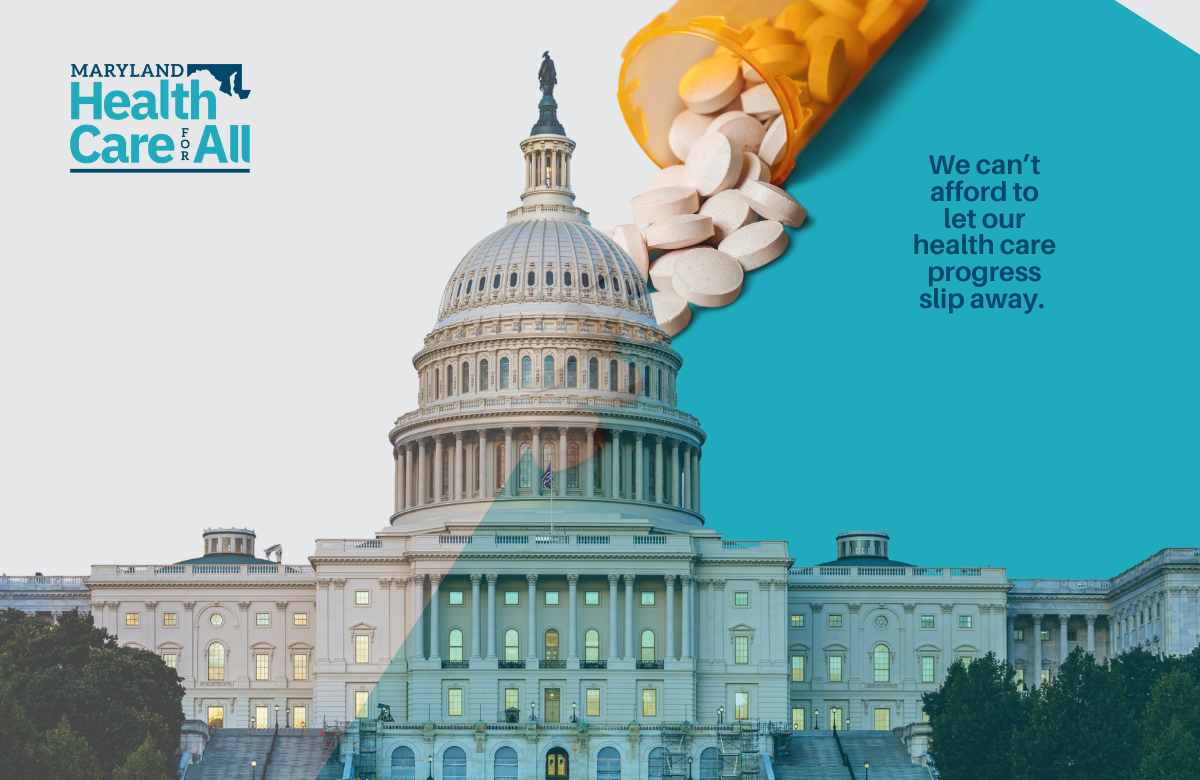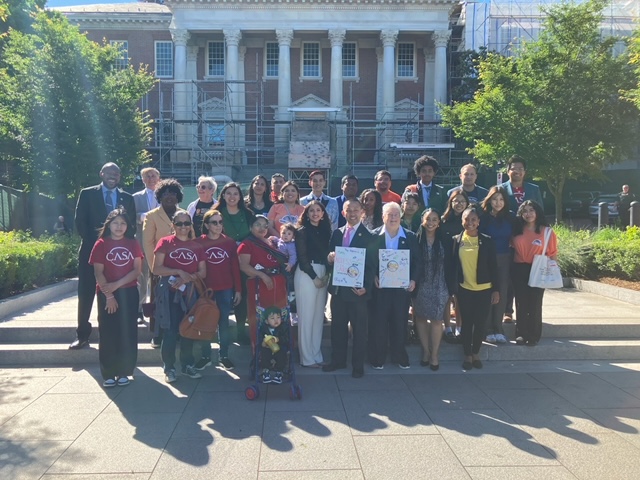Maryland gets $123 million in federal money to build health insurance exchange
Baltimore Sun
August 23, 2012
By Meredith Cohn
The money will help build the marketplace, now formally called the Maryland Health Connection, where hundreds of thousands of uninsured Marylanders will buy coverage. It is expected to open by October 2013, and insurance coverage would begin the following January.
“From the moment the president signed the Affordable Care Act into law, Maryland has moved forward aggressively to build our exchange in order to expand access to affordable health care options,” said Lt. Gov. Anthony G. Brown, who has spearheaded the state’s efforts to implement the legislation.
During a news conference at the University of Maryland Medical Center, Brown said the new exchange “will become synonymous with a one-stop, transparent marketplace where individuals and small businesses can compare rates, benefits and quality among private insurance plans to find one that best suits their needs.”
Maryland has been hailed by federal health officials as a model for its efforts to set up an exchange and has won more than $34.4 million in three previous rounds of federal funding.
Almost every state has at least asked for planning money, even before the Supreme Court upheld the health care reform law earlier this year. More than $1 billion in federal money has been doled out to set up exchanges around the country. The U.S. Department of Health and Human Services also announced Thursday that Connecticut, Hawaii, Iowa, Nevada andNew York got large lump sums to launch their exchanges.
Obama’s health care reform has become a key political issue and Republicans running for federal office have vowed to repeal what they dub “Obamacare.”
Individual states have the option of setting up their own exchanges or participating in a federally run exchange. Brown and other officials said it’s in all states’ best interests to run their own programs rather than cede power to the federal government.
That way states can tailor the markets so consumers know if they qualify for an expanded Medicaid program or federal subsidies to buy private insurance, and they will know what providers are offering locally, said Rebecca Pearce, executive director of the Maryland exchange.
Much of the state’s $123 million will be used to develop the information technology systems needed to run the exchange. It also will be used for staff, education and other administrative needs, said Dr. Joshua Sharfstein, secretary of the Department of Health and Mental Hygiene and chairman of the Maryland Health Benefit Exchange Board.
A good, well-marketed website will be key to making the reform effort work, said Bradley Herring, an associate professor of health economics in the Johns Hopkins Bloomberg School of Public Health.
Consumers won’t buy coverage, Herring said, if they don’t know where to look or are intimidated by using a new service. If the exchange website is too complicated and doesn’t quickly tell consumers if they qualify for the Medicaid expansion or for federal subsidies, they will get frustrated, he said.
Most importantly, Herring said, if the exchange doesn’t offer affordable, comprehensive insurance options, it doesn’t matter how good the IT infrastructure and marketing is; the uninsured won’t buy anything.
“There is a lot of complicated stuff that has to happen behind the scenes so people can easily determine their eligibility,” he said. “And it’s like buying an airplane ticket from Kayak.com or Expedia.com. A lot of people may be interested, but if there are no good options they could get discouraged and give up.”
But, if all works according to plan, and purchasing coverage is “seamless,” then the ranks of the insured could greatly expand, he said.
Up to 150,000 individuals are expected to sign up for insurance through the Maryland exchange in the first year, and up to 275,000 by 2020, according to a review by the Hilltop Institute at the University of Maryland, Baltimore County, a nonpartisan health research organization.
The review also found that approximately 101,000 will enroll in Medicaid in the first year and up to 187,275 will receive such coverage by 2020. In all, the number of the state’s uninsured could be cut in half.
An aggressive education and marketing campaign aimed at the uninsured is expected to launch in January, Sharfstein said.
At least one health care advocate said the simplicity of the new name, Maryland Health Connection, as well as a new website, marylandhealthconnection.gov will help that effort.
“The name is really important because it will help us reach people,” said Vincent DeMarco, president of the Maryland Health Care for All Coalition. “It’s simple and tells people what it’s about.”
Last modified: August 27, 2012



